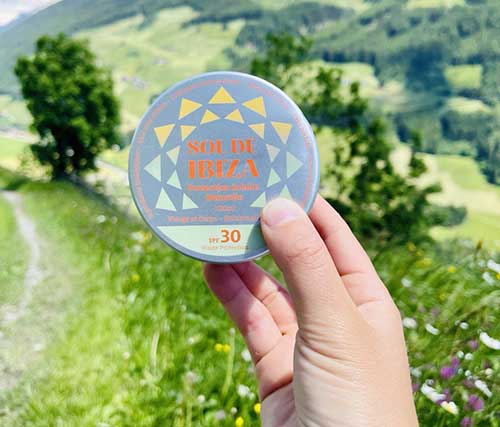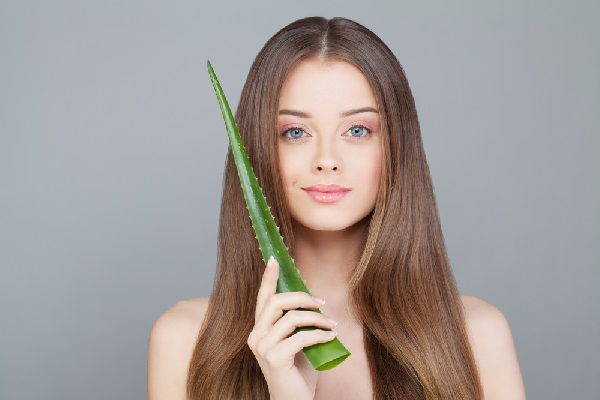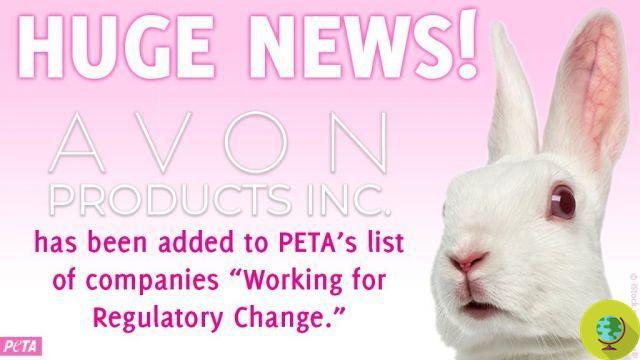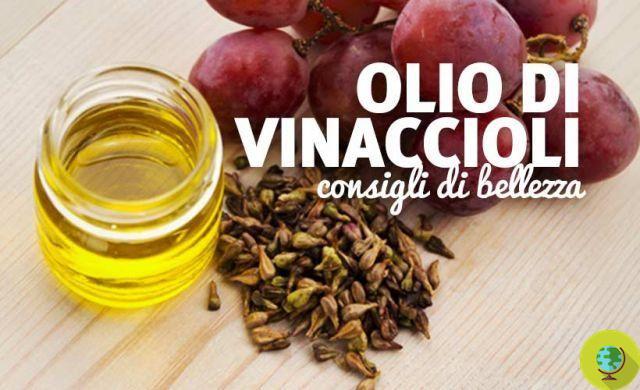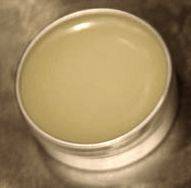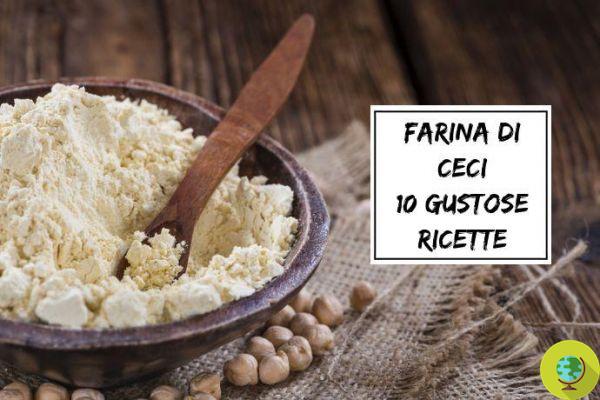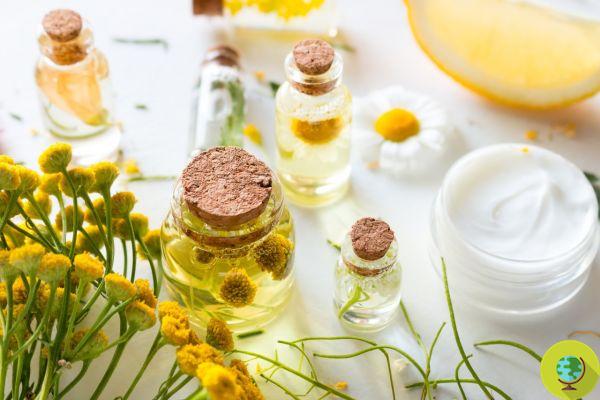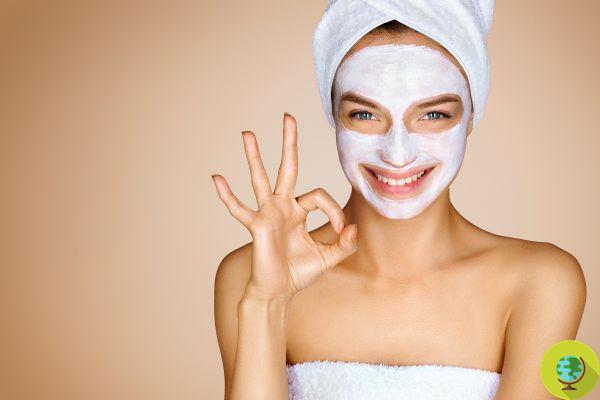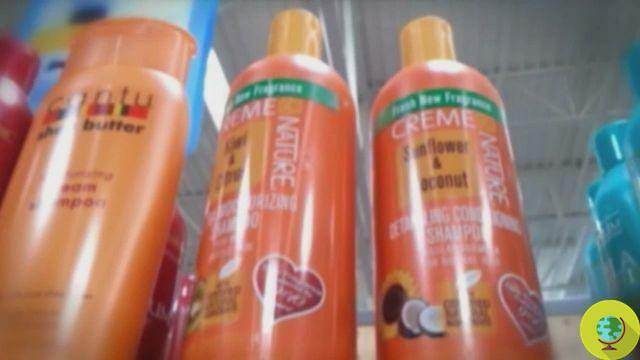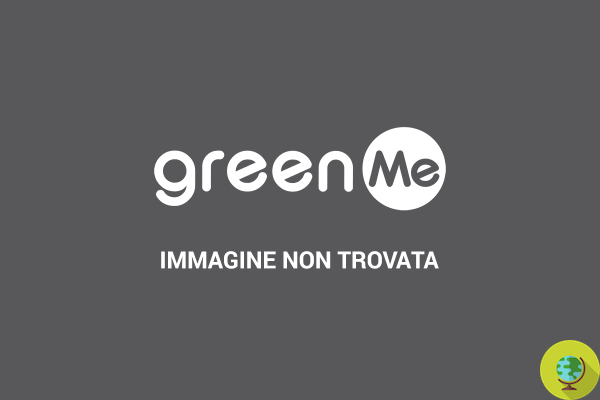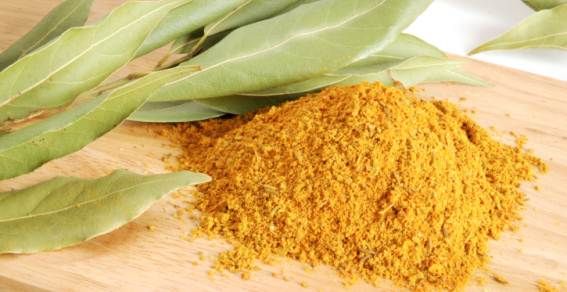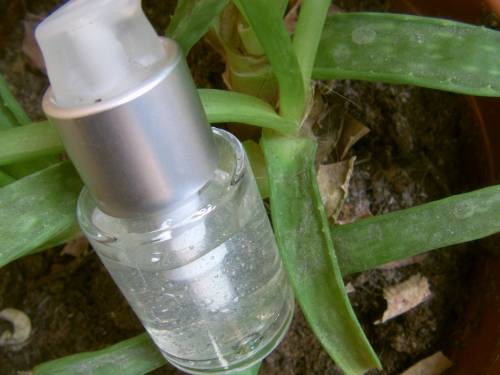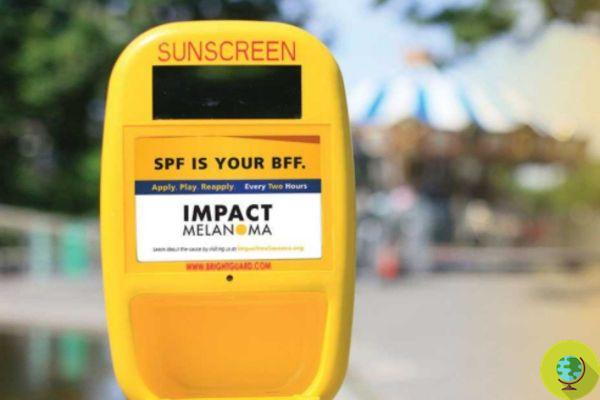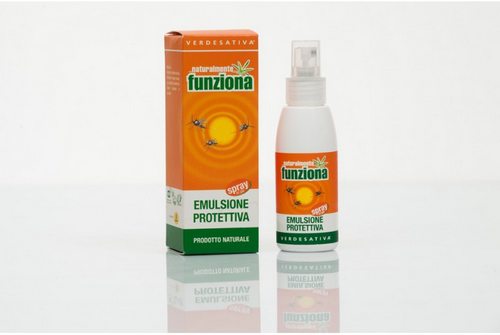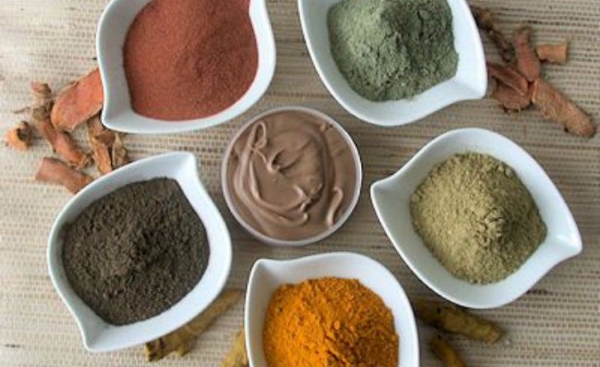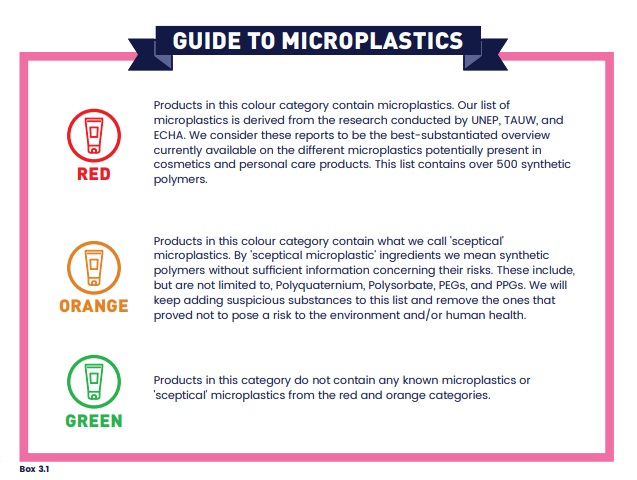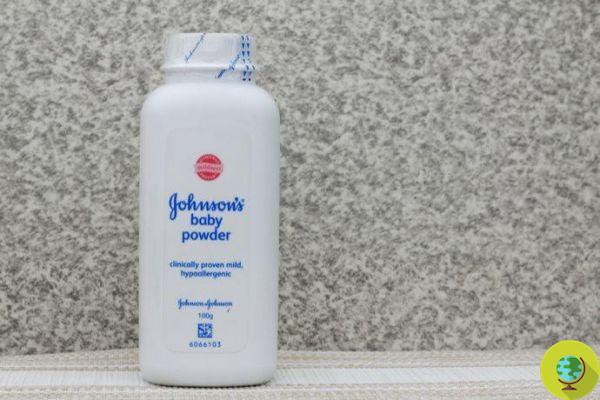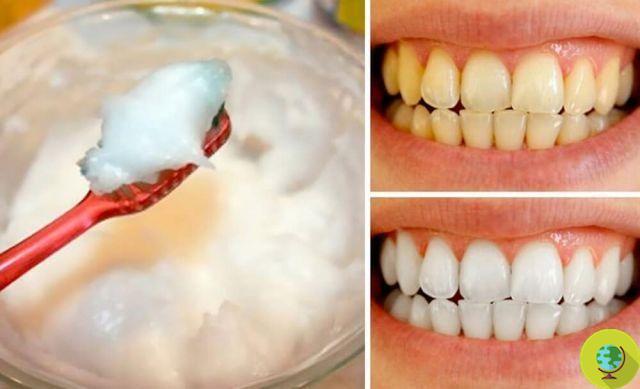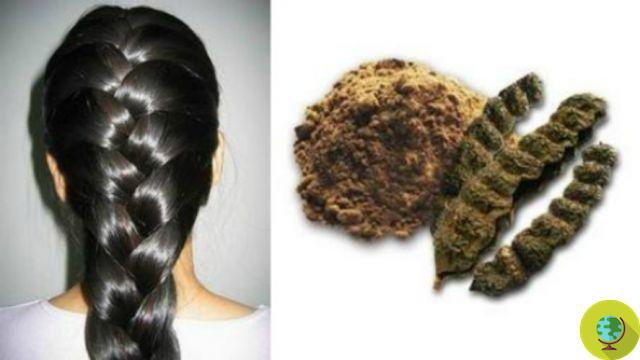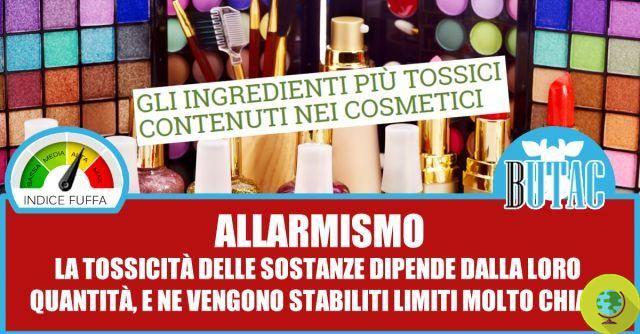
A few months ago there was a sensation in a research in which it was stated that a woman spreads 515 types of chemical additives every day
Don't store avocado like this: it's dangerousMORE TOXIC INGREDIENTS CONTAINED IN COSMETICS - Every day we use soap and detergents to wash ourselves, face creams and for the body to make our skin soft, shampoo and conditioner to have silky hair, not to mention the countless amount of cosmetic products that we women have in our beauty-case: lipsticks, eye shadows, eye and lip pencils, kajal, nail polishes and mascara of every color. But there you are ever wondered what's inside the products we use on a daily basis?
A few years ago there was a sensation in a research in which it was stated that a woman spreads 515 types of chemical additives every day. Although the study was promptly denied by Unipro, it is enough to pause at least once to read the labels of the most common cosmetics and detergents, to encounter terms and acronyms that are sometimes difficult to pronounce which very often turn out to be harmful to the skin and cause of allergic phenomena, sensitization or irritation.
We have tried to compile a short list of the most commonly used harmful ingredients in cosmetics
I PRESERVATIVES that is all those substances that must be added to cosmetics containing water to prevent the development of molds or bacteria. Among the most common we find:
- FORMALDEHYDE: we find it in many commonly used products and unfortunately it is also widely used in the preservation of cosmetics. Products like foundation, shampoo and glazes contain formaldehyde which in addition to being a preservative is a powerful bactericide. Despite its carcinogenicity has been ascertained, formaldehyde continues to be contained in a wide range of products, albeit at very low concentrations.
- PARABENS: the six main parabens that we can find in the formulations on the market are methylparaben, ethylparaben, propylparaben, isobutylparaben, butylparaben e benzylparaben and are used as preservatives in moisturizers, sun creams, toothpastes, shampoos, intimate cleansers, deodorants, shaving gels, in short, in many everyday cosmetics, even in so-called "natural" or "organic" products. It has been widely demonstrated that these substances penetrate through the skin and remain intact within the tissue, accumulating. Although they are legally licensed in the European Union, parabens are also seriously suspected to be carcinogenic.
- QUARTER 15: it is always part of the preservatives. It is present in many eye make-up cosmetics, foundations, shampoos but also in moisturizing lotions and sun creams. It is harmful because it releases formaldehyde, is toxic and gives rise to sensitization phenomena.
- KATHON CG: is another preservative, a broad spectrum antimicrobial, colorless and odorless contained in dermocosmetics, personal hygiene products and household products. From a toxicological point of view, Kathon CG has been classified as a primary irritant despite having a great use. You can find it on labels with synonyms such as GROTAN, EUSIL o ISOTIAZOLINE.
Other substances commonly used in cosmetics that each of us has at home are:
- MEA-DEA-TEA: they are not the names of three nice sisters but respectively the acronyms of monoethanolamine, diethanolamine, triethanolamine and are present in many cosmetic compounds. We can almost always find them in products that foam then shampoos, soaps and shower gels and give rise to nitrates and nitrosamines or carcinogens.
- PARAFENILENDIAMINA(PFD): this substance, with a difficult name to pronounce, we often meet when we go to the hairdresser, in fact it is the most important dye used for permanent hair dyes. Very often it gives rise to sensitization phenomena, so much so that this substance has been banned from many European countries.
- PHTHALATES: one of the most incriminated substances, of which we had already spoken extensively, is also widely used in the cosmetic field. According to a report by Greenpeace, a very large number of perfumes for men and women of the best brands contain two substances that can have undesirable effects on health: phthalates and synthetic musks.
- SURFACTANTS: they are substances with foaming, detergent and solubilizing properties. They are obviously present in all products that cleanse the body and hair and the best known are undoubtedly the sodium laureth sulfate (SLES) and sodium lauryl sulfate (SLS). They are not carcinogenic substances, as was thought until a few years ago, but being very aggressive it is better to prefer products containing more delicate surfactants and above all to limit its use.
- TOLUENE: read toluene and immediately think about nail products and in fact toluene is the solvent that is used to easily spread the nail polish. Unfortunately, it has been linked to nervous system disorders and can also cause kidney damage. To take action, some cosmetic companies have removed the offending substance from the components of their glazes. Perhaps our enamel will crumble faster, but we will be sure not to poison ourselves.
- PERFUME: all cosmetics in general have a pleasant smell. We tend to think that the fragrance inside personal care products is completely harmless, but that's not the case. 95% of the chemicals used in cosmetic perfumes and fragrances are synthetic compounds derived from Petroleum and since perfumes have a low molecular weight, they are able to penetrate the skin more easily and can cause allergies or breathing difficulties.
- HYDROCHINONE: reading the labels of skin lightening products it is easy to come across this compound, a phenol which appears to be harmful, irritating and dangerous for the environment. Although it has been banned for use as a skin lightener, this substance continues to be used in hair dyes, albeit in low concentrations.
- COAL TAR: often in dermatology to treat the Psoriasis therapeutic tars are used. Among these, the most effective is the Coal Tar or the mineral tar which, due to its reducing and anti-seborrheic activity, is used in many anti-itch creams and treatments for the scalp but can give rise to photosensitization phenomena.
- ALLUMIUM: we find it in many products, food and otherwise, and obviously it could not be missing among the components of many cosmetics, especially deodorants e antiperspirants, which may contain up to 20% aluminum salts in the form of aluminum hydrochlorides and zirconium hydrates. Prolonged use of these substances is linked to the risk of developing breast cancer since the salts of aluminum they are able to significantly damage the DNA of cells, stimulating its degeneration into cancer cells.
With this list of products that are harmful to health and the environment, we didn't intend to scare you or convince you to empty your vanity case! We would simply like to try to make you understand which are the safest products to use and push you towards a conscious consumption cosmetics, preferring organic ones (in which by law they cannot contain such substances) and that they have not been tested on animals. But above all to read the label carefully: knowing the INCI is the only weapon to choose well.
Chiara Fornaro
READ also: INCI: how to read the list of cosmetic ingredients




